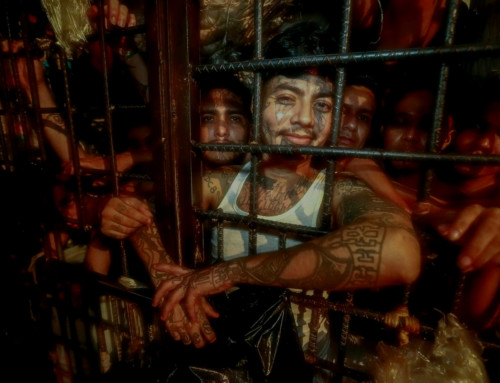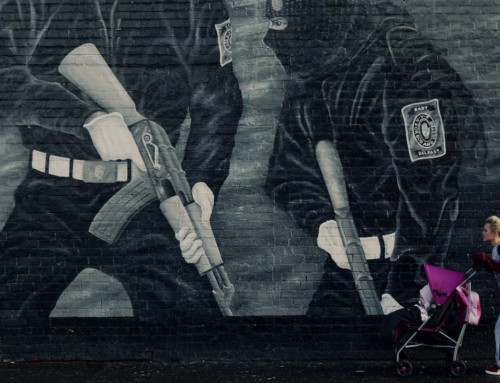Wars get fought for many reasons. Some are to grab territory. Others are to kill an enemy before they kill you. Some are for one part of a country to separate from the rest, often because the separatist region feels that it is marginalized and dominated. Others are for a group with a particular political ideology to take over the country. Often those are ideologies about liberation from oppression.
Religious wars are also like this: one religious group seeking to liberate its adherents from oppression by the religious other. Likewise with most ethnic wars: one ethnic group fights a war against another to liberate it from domination by the ethnic other.
But why do women never band together to achieve liberation from men by resorting to armed struggle against men? When so many other kinds of wars are fought to secure liberation from domination, and when the domination of women is one of the most structurally deep and recurrent forms of domination, why are the pages of history not filled with women’s wars of liberation?
My recent paper on gender and the Nepal civil war is about answering this question. Nepal’s Maoist war is a strategic case for addressing it because it is the war with the most feminized fighting force I know from the wars of recent centuries. And it is the armed insurgency with the most feminist agenda, and which achieved the most notable feminist reforms, that I know of.
Here is the abstract for that RegNet Working Paper:
Gender, Class, Resilient Power: Nepal Lessons in Transformation
Control of armies, police and parties delivers hard power in the ‘state of exception’ illustrated by civil war in Nepal. The history of Nepal nevertheless shows how in revolutionary conditions, the crowd can be decisive to advance equality. Soft people power is mostly superior for advancing egalitarian agendas than hard power. Yet momentary people power must grapple with ancient, entrenched, material power. While ethnic or religious groups sometimes create armies, political parties, states within a federation, women do not create such institutions of hard power. Deft vernacularisation of women’s rights, LGBT rights and the rights of Untouchables into the discourses of both Maoist and western hard power delivered some egalitarian shifts. This case reveals how windows of soft power that advance gender and class equality can be widened in the face of resurgence of the hard power of parties, militaries, crony capitalism and foreign capital. Together, window-widening, disciplined nonviolence and vernacularisation to enrol hard power can deliver transformations that favour the marginalised.
The full paper is also available below.
Braithwaite (2015) ‘Gender, Class, Resilient Power: Nepal Lessons in Transformation’ RegNet Research Paper 2015/92.






Leave A Comment